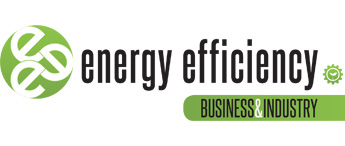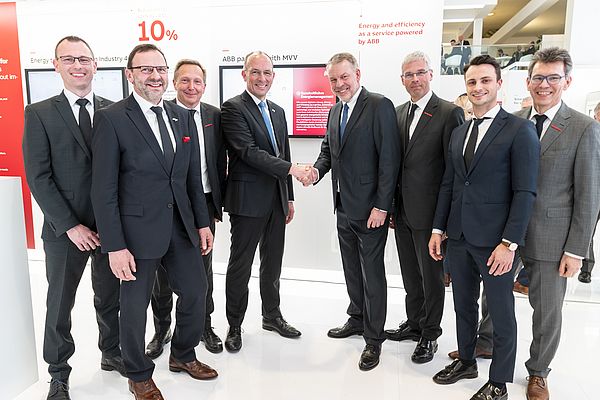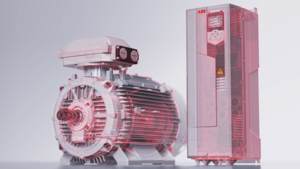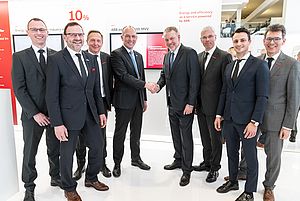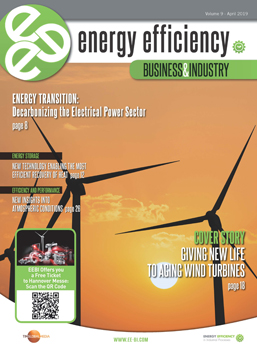When we talk about energy management and energy optimization at an industrial level, the first essential step to undertake is to create the visibility of what’s happening on site. Nowadays, Energy Managers find it difficult to get all the information they need, therefore it’s important to provide sites with a connected system able to produce assets for production processes, office buildings, charging stations and generation systems.
By knowing what’s going on, managers and operators can predict and better understand what actions need to be taken. For instance, a visualization system can make the creation of reports and documentation easier, and this really saves employees’ time and efforts.
But this is not all. In order to optimize energy efficiency and management, the next step is to automate the control and have a look on what’s going on. ‘’When you have the situation under control, you can plan how to use your assets in the best way and reduce energy costs and the environmental impact, on the basis of your production plan and your energy contract.’’ said Dr. Sleman Saliba during our conversation at Hannover Messe 2019.
Dr. Sleman Saliba is the Global Product Manager for Energy Optimization, Energy Industries at ABB. He explained to us how ABB conceives and interprets energy management and energy optimization: ‘’Our solution for energy management and energy optimization for sites consists of three applications: One is for virtual power plants, where you have the control and optimization system for decentralized power generation. The second one is for industrial and commercial sites or for companies and enterprises that have multiple industrial sites. The third application is for smart cities, so the idea is to use the same technology to make cities more sustainable,’’ explained Dr. Saliba.
The challenge for VPPs is to scale up in order to manage thousands of decentralized energy resources. The challenge for industrial (and commercial) sites is to scale down to make the same “benefits” available for small, medium and large industrial sites.
After that, once enterprises have the visibility and the control on their system, the next step is to negotiate with the energy supplier more flexibility in terms of costs and reimbursements, if the company behaves beneficially for the utility. “We are speaking about participating in energy markets or just leveraging the contract that you have with your energy suppliers. In the end, it’s all about getting visibility and saving time on reports and documentations while reducing the costs and increasing revenues,’’ added Dr. Saliba.
Optimization thanks to intelligent forecasting
When we talk about visibility, we are essentially saying that we have a single source of data for energy assets. ‘’For ABB, this means speaking about ABB AbilityTM Energy Management for Sites, which can turn the potentially disruptive effects of multi-source, distributed energy into an efficient and profitable way of doing business.’’ said Dr. Saliba.
This means that the optimization in real time and scheduling ahead pass through mathematical modeling based on statistical models used for forecasting. ‘’If we have larger installations, we use the AI algorithm to forecast solar and wind energy and loads in industrial sites,’’ added Dr. Saliba.
The partnership with MVV
On April 1st 2019, at Hannover Messe, ABB signed a contract with the German utility MVV, which has as an objective to offer energy efficiency as a service. MVV is the fifth biggest utility in Germany, based in Mannheim but operating all over Germany.
‘’When you really want to have impact on energy management, it’s not only about working with energy intensive industries, but reaching out to the small and medium-sized businesses. It’s hard to do that without a partner, as only in Germany there are 20 thousand production facilities that consume more than 2 GWh per year.’’ explained Dr. Saliba.
Cooperating with an utility like MVV, which has a couple of thousand industrial customers, enables ABB to reach small and medium-sized companies. In return, MVV can offer its customers additional service via ABB proven technology. The idea is that MVV already has industrial customers who purchase energy from them and whose concerns are related to the cost of energy and energy bills. ABB can help MVV customers reduce their costs. But why does an energy supplier want to reduce customers’ bills? ‘’In the end, it’s a transformation of their business. Utilities need to diversify their business as they can’t live only on energy supply anymore,’’ said Dr. Saliba.
Utilities like MVV are therefore embracing the process of transformation of their business from energy to service providers. Their new goal is to improve energy efficiency and decrease energy costs for their customers. ABB provides them with the appropriate and innovative technology as a service, called ‘’Energy Efficiency as a service, powered by ABB’’.
Next target: exporting this model to other core markets, like USA and Asia.
By Sara Ibrahim
